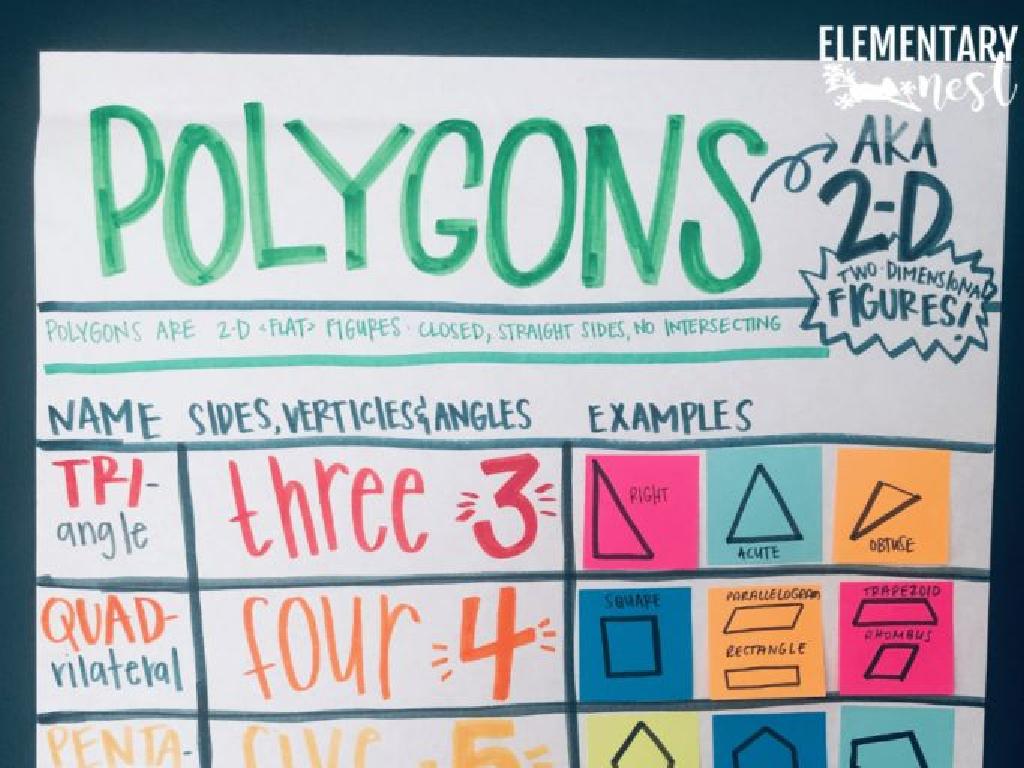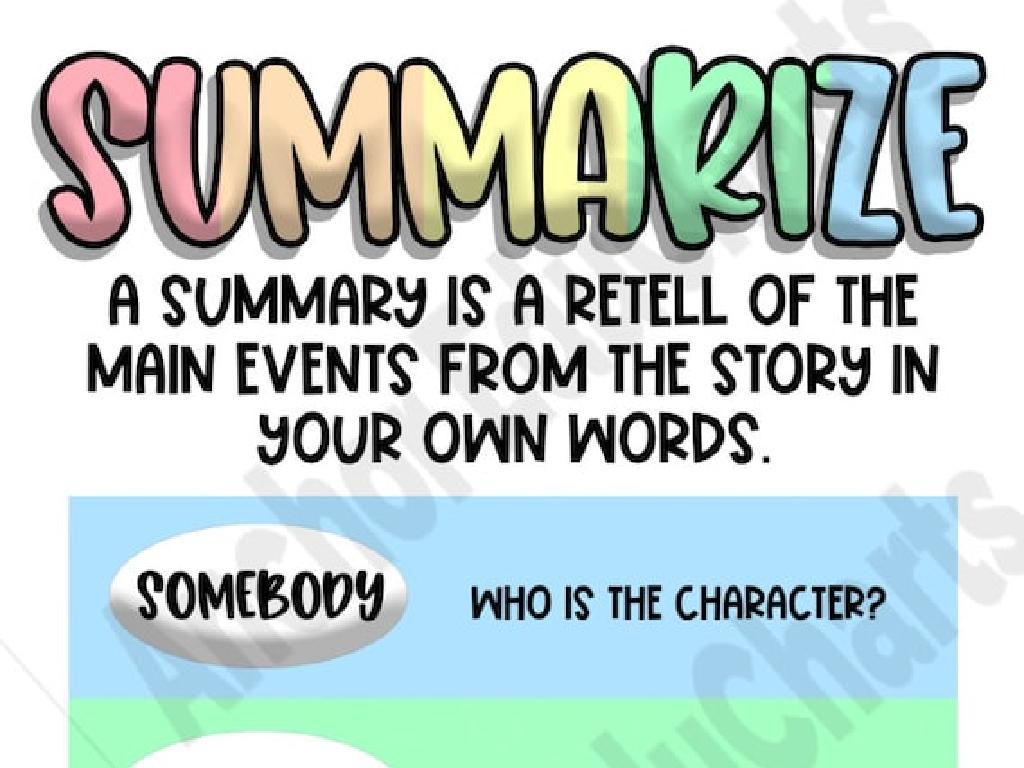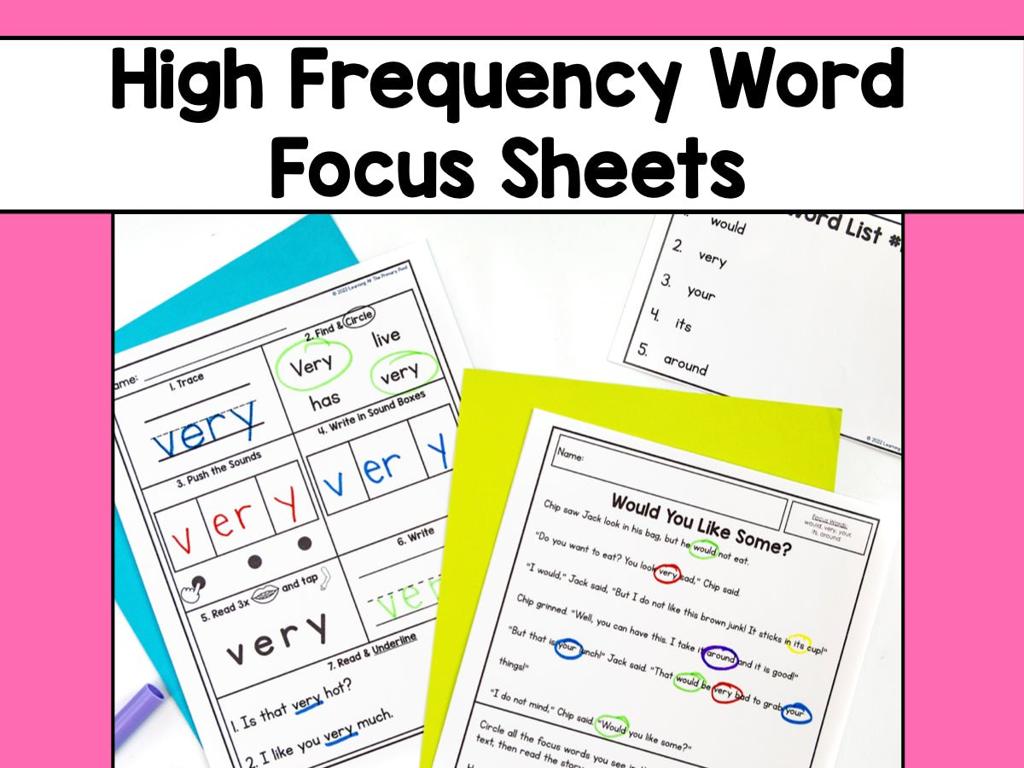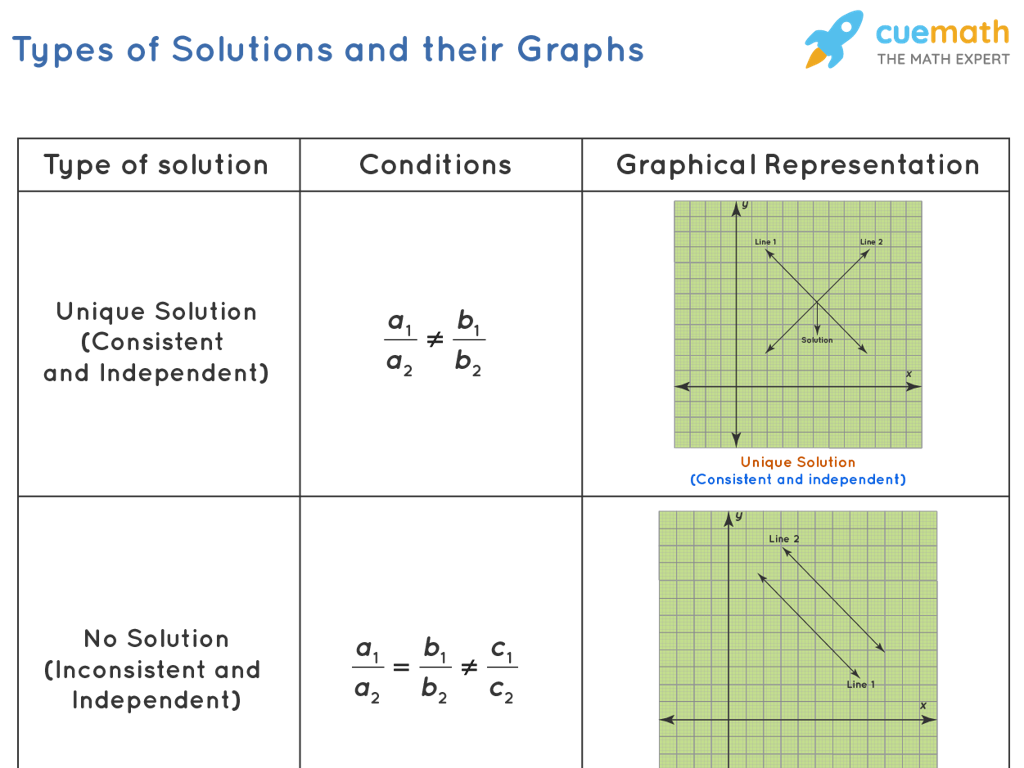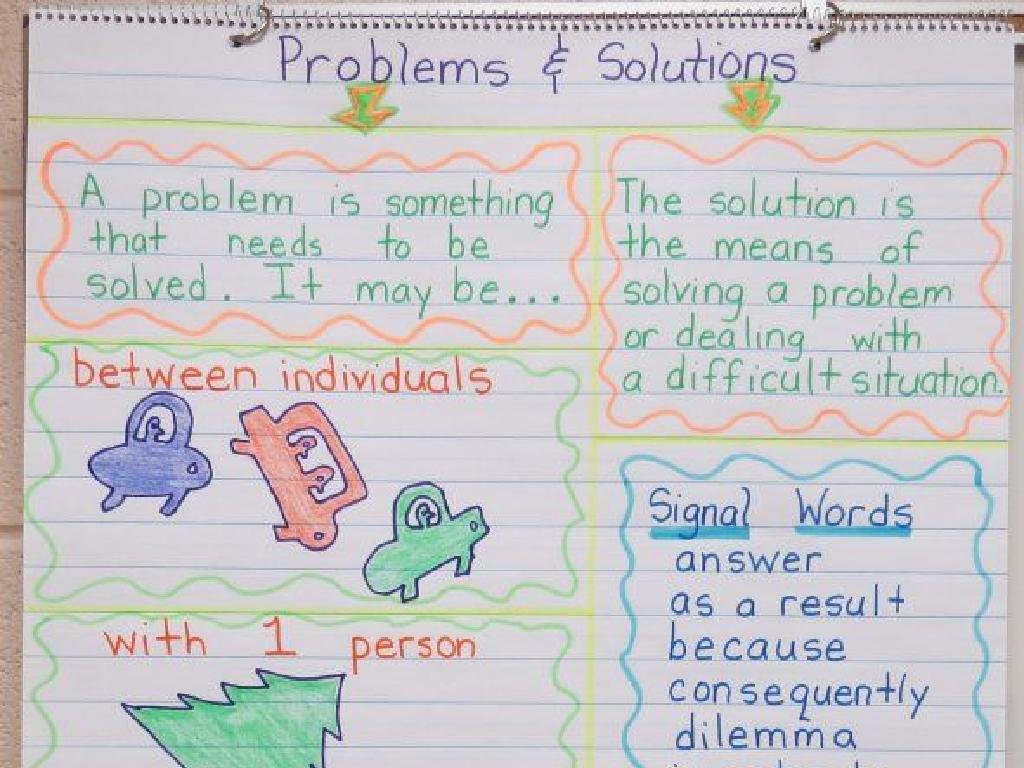Multiply Two Fractions Using Models
Subject: Math
Grade: Fifth grade
Topic: Understand Fraction Multiplication
Please LOG IN to download the presentation. Access is available to registered users only.
View More Content
Multiplying Fractions: A Visual Approach
– Recap: What are fractions?
– Fractions represent parts of a whole.
– Multiplication: Combining groups
– Think of multiplication as adding groups of the same size.
– Multiplying whole numbers by fractions
– Example: 3 x 1/4 means 3 groups of 1/4.
– Visual models for fraction multiplication
– Use area models or number lines to show multiplication.
|
Begin with a brief review of fractions, ensuring students understand the concept of parts of a whole. Clarify that multiplication is the process of combining equal groups. When we multiply a whole number by a fraction, we are essentially taking that many groups of the fraction. Introduce visual models such as area models and number lines to help students grasp the concept of multiplying whole numbers by fractions. These models provide a concrete way to visualize the process, making it easier for students to understand and perform the multiplication of fractions.
Visualizing Fraction Multiplication
– Use models for fraction multiplication
– Example: Multiply 1/2 by 1/3
– Imagine cutting a cake into halves, then cutting one half into thirds
– Steps to visualize multiplication
– Draw a rectangle, divide it into equal parts, shade the fractions, and count the overlapping sections
– Practice with different fractions
– Try multiplying 3/4 by 2/5 or 5/8 by 1/4 using models
|
This slide introduces students to the concept of multiplying fractions using visual models, which helps in understanding the abstract concept of fraction multiplication. Start by explaining that multiplying fractions is like finding a part of a part. Use the example of multiplying 1/2 by 1/3 by visualizing a shape, such as a rectangle, divided into halves and then one half further divided into thirds. The overlapping section represents the product. Guide students through the process step by step, and then encourage them to practice with different fractions to solidify their understanding. Provide additional examples and encourage students to draw their own models to visualize the multiplication process.
Multiplying Fractions: Step-by-Step
– Step 1: Multiply top numbers
– If we have 1/2 and 3/4, we multiply 1 and 3.
– Step 2: Multiply bottom numbers
– Next, we multiply 2 (from 1/2) and 4 (from 3/4).
– Simplify the new fraction
– If our fraction is 3/8, it’s already simple!
|
This slide provides a clear, step-by-step process for multiplying two fractions, aimed at fifth graders. Begin by explaining that the top numbers of the fractions (numerators) are multiplied together to get the new numerator. Then, multiply the bottom numbers (denominators) to get the new denominator. Emphasize the importance of simplifying the resulting fraction to its lowest terms if possible. Use visual aids or fraction models to demonstrate the process if available. Encourage students to practice with different pairs of fractions and to check their work by simplifying.
Multiplying Fractions with Models
– Example: Multiply 2/5 by 3/4
– Visualize 2/5 and 3/4 on grids, shade areas, and find overlap
– Example: Multiply 1/2 by 2/3
– Show 1/2 and 2/3 on number lines, mark sections, and multiply
– Simplify the product of fractions
– Reduce fractions to simplest form, e.g., 6/10 becomes 3/5
– Practice with different models
|
This slide aims to demonstrate the concept of multiplying fractions using visual models. Start with the first example by drawing two models: one representing 2/5 and another for 3/4. Show how to shade the appropriate areas and find the overlapping section to represent the product. Repeat a similar process for the second example using number lines. Emphasize the importance of simplifying the resulting fractions to their simplest form, explaining that it makes the answers easier to understand and compare. Encourage students to practice with various models and provide additional examples for them to try on their own.
Let’s Practice Multiplying Fractions!
– Problem 1: Multiply 3/8 by 1/4
– Visualize with fraction models
– Picture 3/8 of a pie and take 1/4 of that portion
– Problem 2: Multiply 5/6 by 2/3
– Use area models for understanding
– Imagine a rectangle split into 6 parts, shade 5. Then split into 3 rows, shade 2 in each
|
This slide is designed for a class activity where students will practice multiplying fractions with visual aids. For Problem 1, guide the students to draw a rectangle and divide it into 8 equal parts, shading in 3. Then, they should take 1/4 of those shaded parts, which will result in 3/32 as the product. For Problem 2, instruct them to draw a rectangle, divide it into 6 equal parts, shade 5, and then divide it into 3 rows and shade 2 parts in each row, resulting in 10/18. Encourage students to simplify their answers if possible. Provide additional problems for students who finish early or need extra practice.
Class Activity: Fraction Multiplication Art
– Create a fraction model
– Use grid paper for multiplication
– Draw two fractions on grid paper, one horizontal and one vertical
– Color overlapping sections
– The overlapping area represents the product of the two fractions
– Discover the product visually
|
This activity is designed to help students visualize the process of multiplying fractions. Provide each student with grid paper and ask them to choose two fractions to multiply. They will draw one fraction as horizontal shaded bars and the other as vertical shaded bars. Where the shading overlaps, they will color in a third color to represent the product of the two fractions. This hands-on activity not only reinforces the concept of fraction multiplication but also allows for creativity. Possible variations include using different colors for different products or creating a larger class mural with each student’s work contributing to a collective understanding of fraction multiplication.
Review and Q&A: Multiplying Fractions
– Recap: Multiplying fractions
– How we use models to multiply two fractions
– Open floor for questions
– Ask for clarifications
– Share any difficulties
– Speak up if something was hard to understand
|
This slide is meant to conclude the lesson on multiplying two fractions using models. Begin by summarizing the key points of the lesson, ensuring that the concept of using models to visualize fraction multiplication is clear. Open the floor for any questions the students may have, allowing them to seek clarification on any part of the lesson they found challenging. Encourage students to articulate their understanding or share difficulties they encountered during the lesson. This feedback will be valuable for assessing comprehension and planning future reviews or reteaching if necessary. Prepare to address common misconceptions and provide additional examples if needed to solidify understanding.
Homework: Practice Fraction Multiplication
– Practice multiplying fractions using models
– Complete the provided worksheet
– Use the models to visualize how fractions are multiplied
– Review your work for accuracy
– Check each step to ensure you understand the process
– Study for the upcoming quiz on fractions
– Go over the worksheet and class notes to prepare
|
This homework assignment is designed to reinforce the concept of multiplying fractions using visual models, which helps students better grasp the abstract concept of fraction multiplication. The provided worksheet will give them the opportunity to apply what they’ve learned in class. Encourage students to carefully review their work to understand any mistakes they may make, as this will be crucial for their quiz preparation. As a teacher, be ready to provide additional examples or practice problems in the next class to address common areas of difficulty observed in the completed worksheets.

